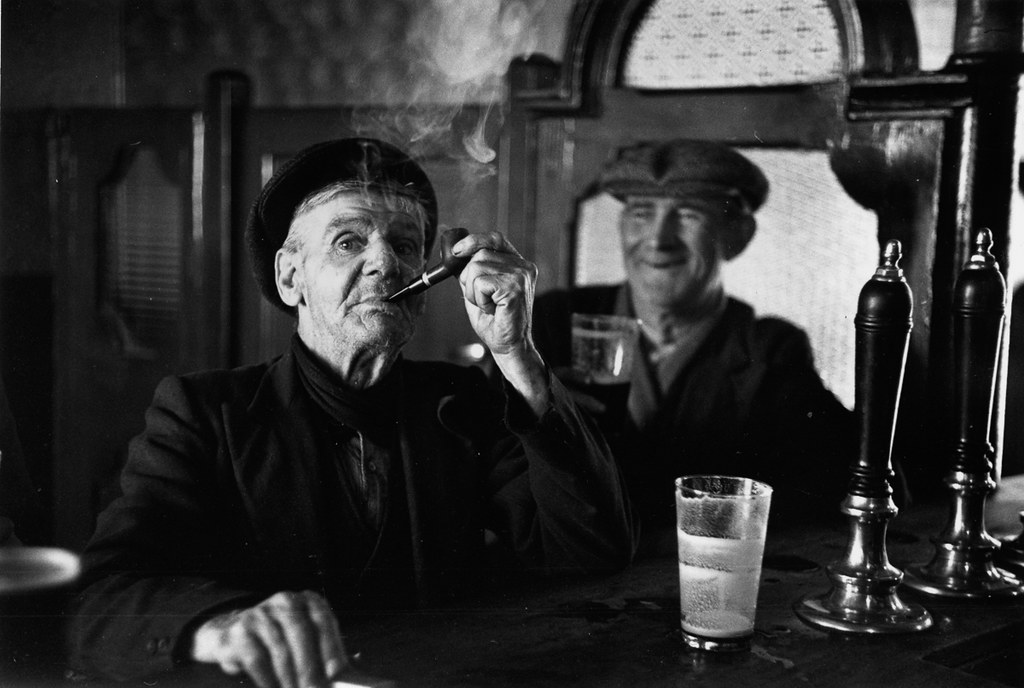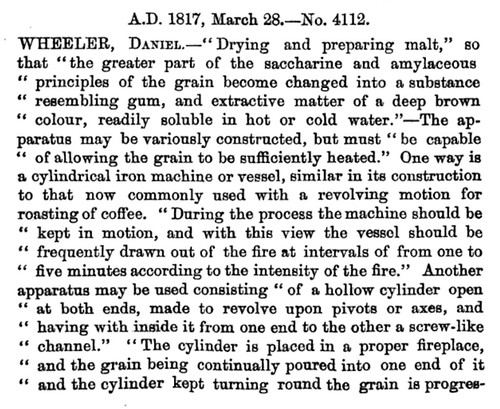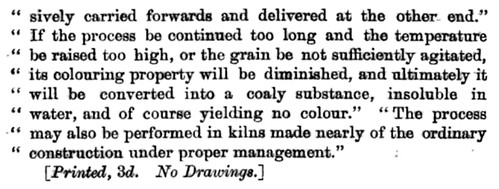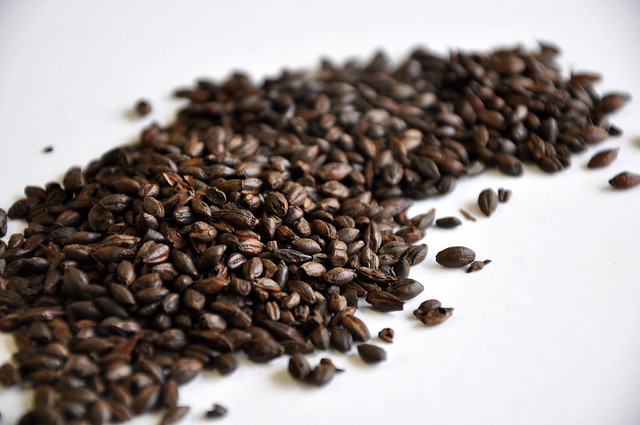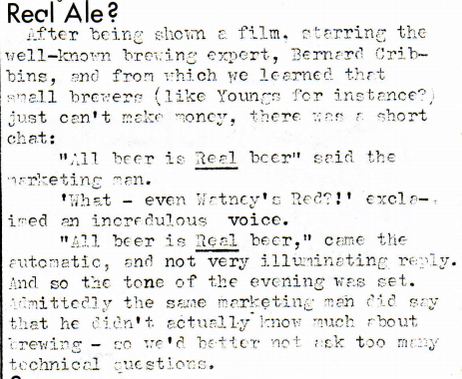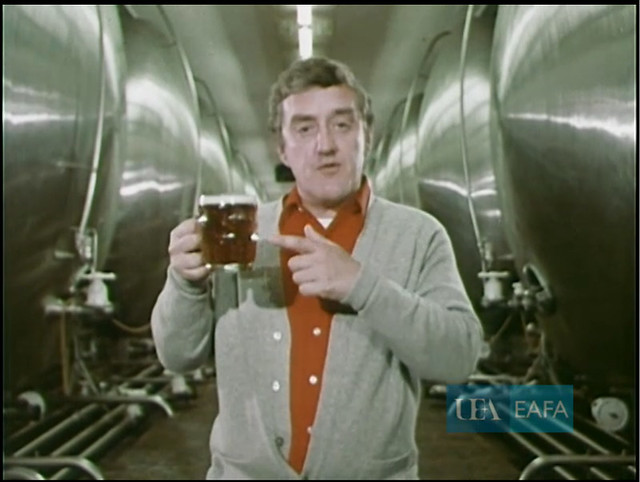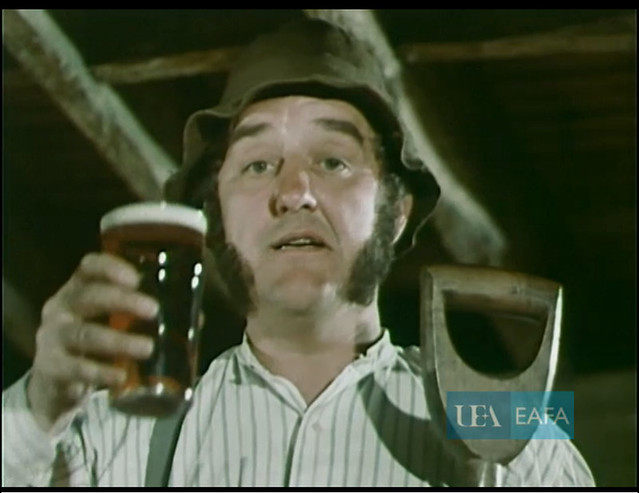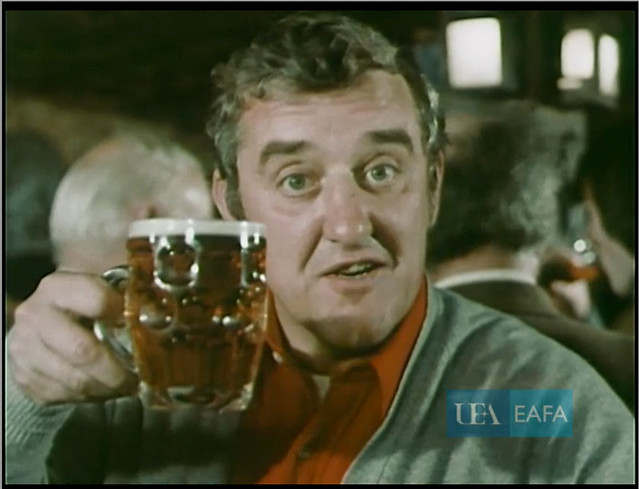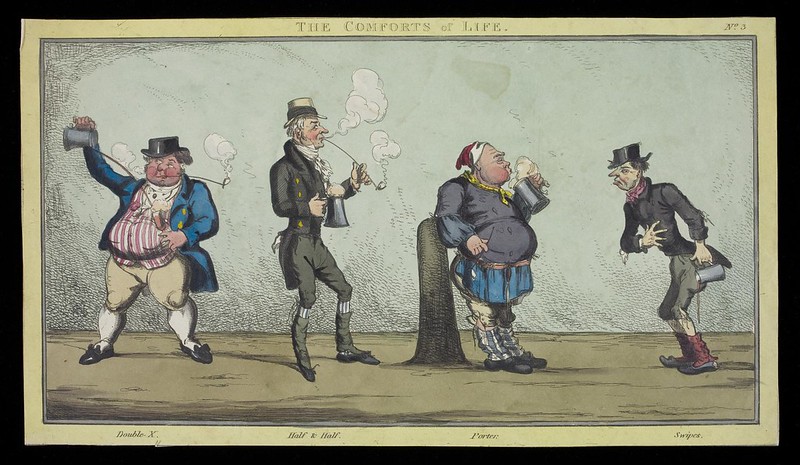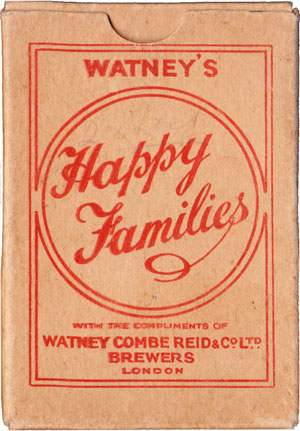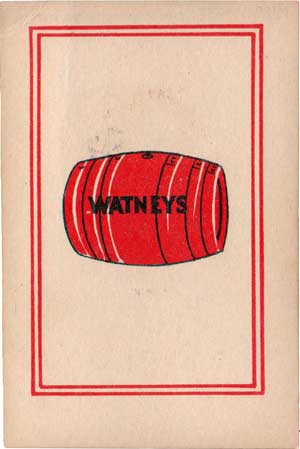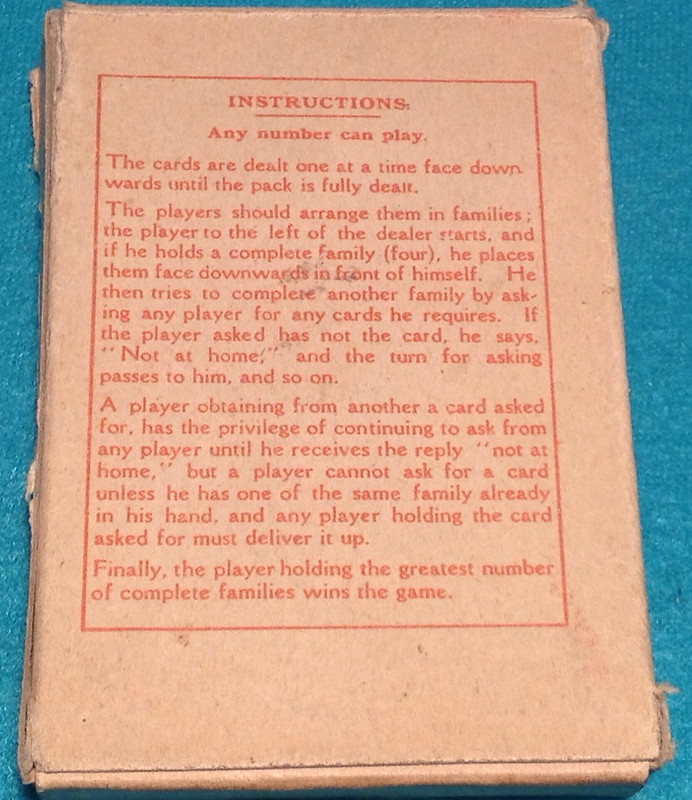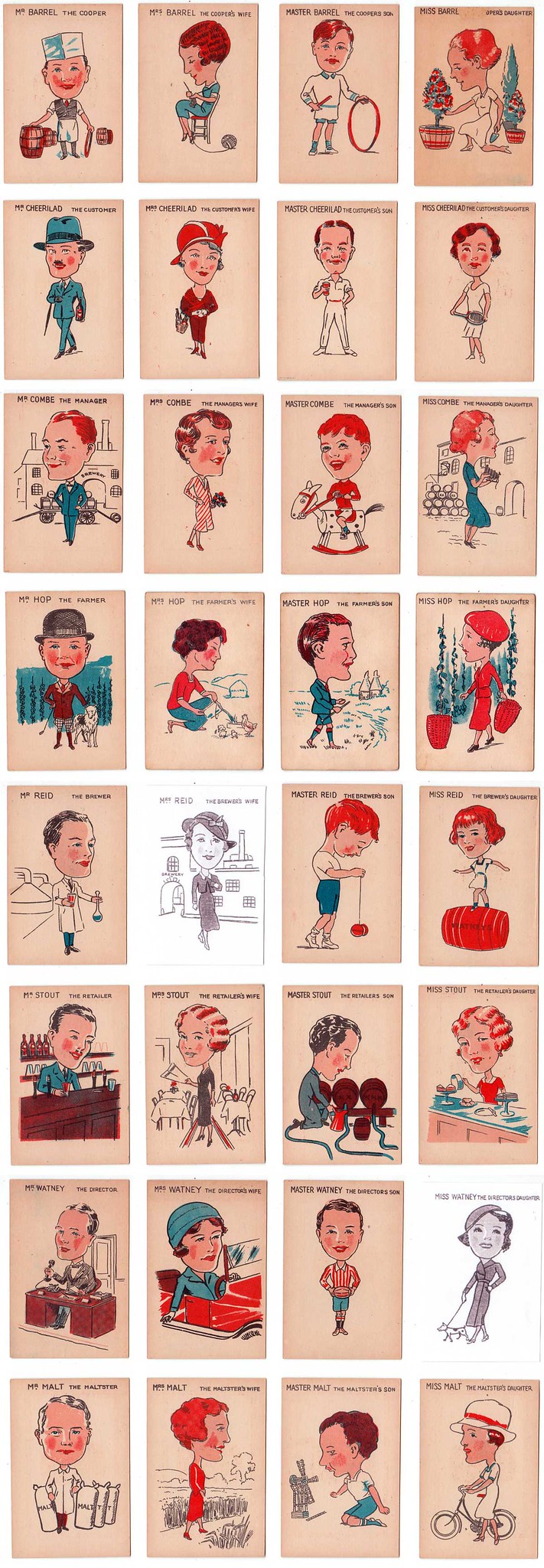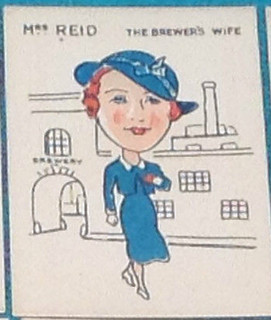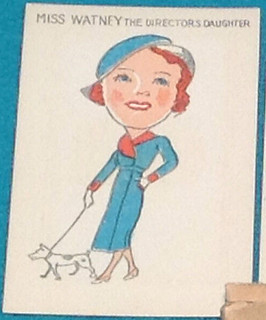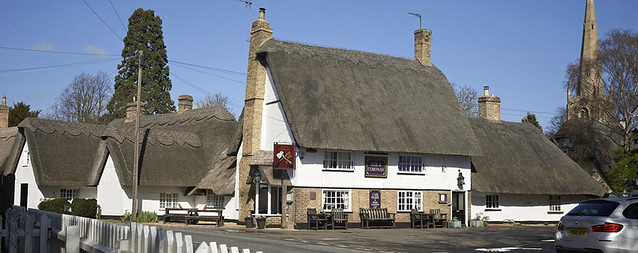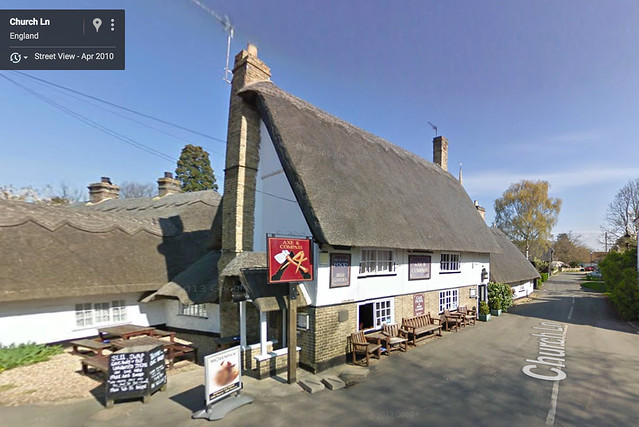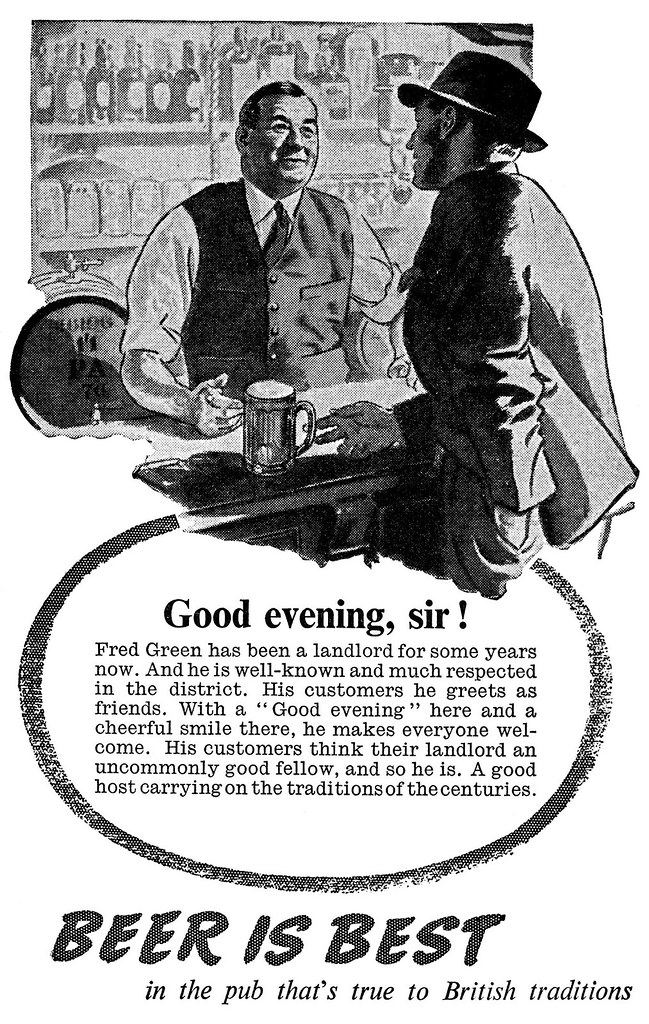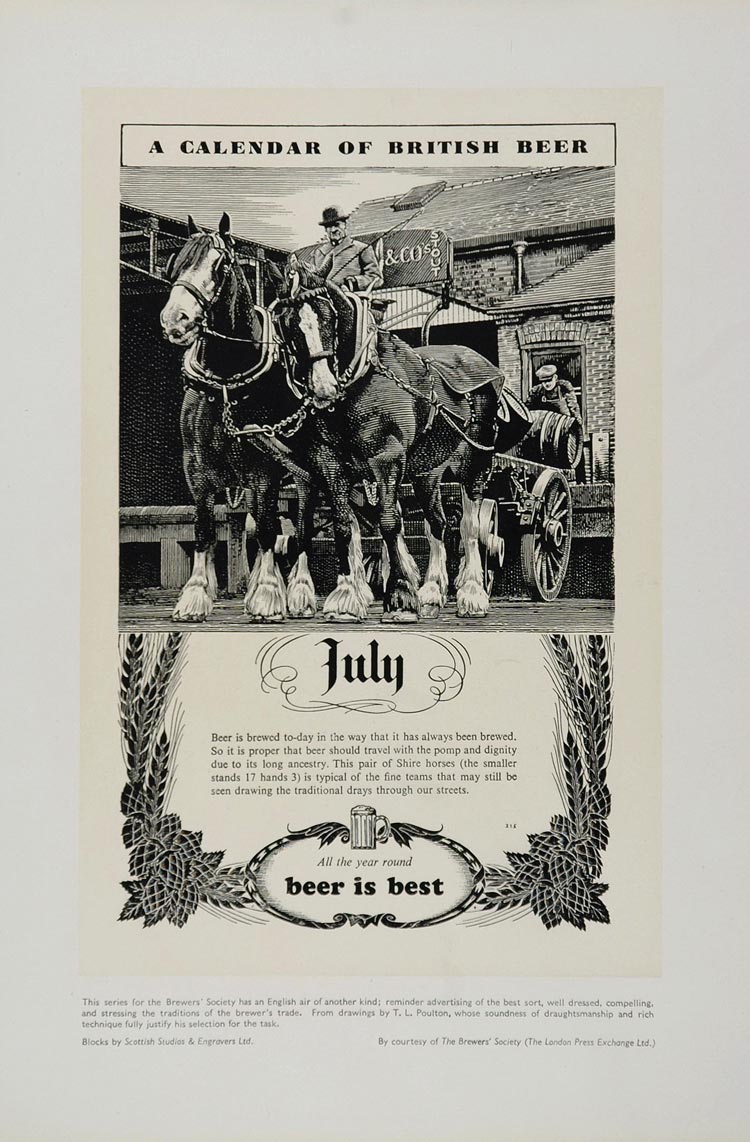
In England, the Picture Post was the equivalent of Life magazine here in the U.S. It “was a photojournalistic magazine published in the United Kingdom from 1938 to 1957. It is considered a pioneering example of photojournalism and was an immediate success, selling 1,700,000 copies a week after only two months.”
On August 22, 1953, one of the photographers for the Picture Post — Bert Hardy — visited Dublin, Ireland, and was permitted inside the Guinness brewery at St. James Gate. I’m not sure how many photos he took, but recently Mashable featured twenty-two of them. Here are a few of them below, it’s a great glimpse into the past, and to see all of them, follow the instructions below.
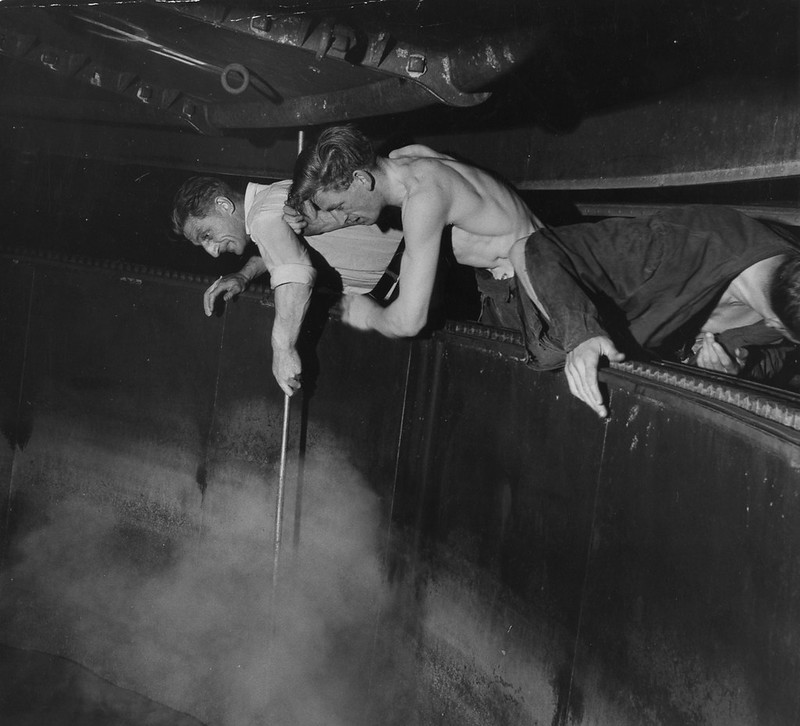
Workers drain beer from a mash tun.
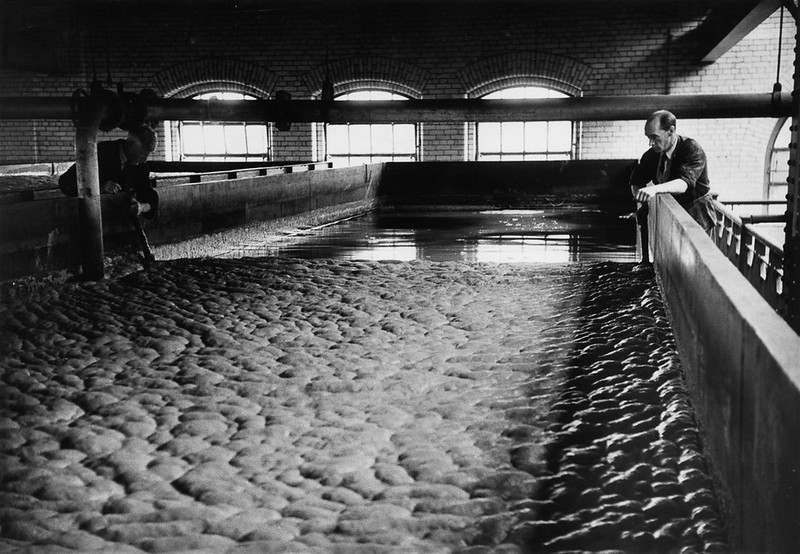
Workers watch as yeast is skimmed off the top of the beer before it is passed to vats for maturing.

A worker fills casks in the racking shed.
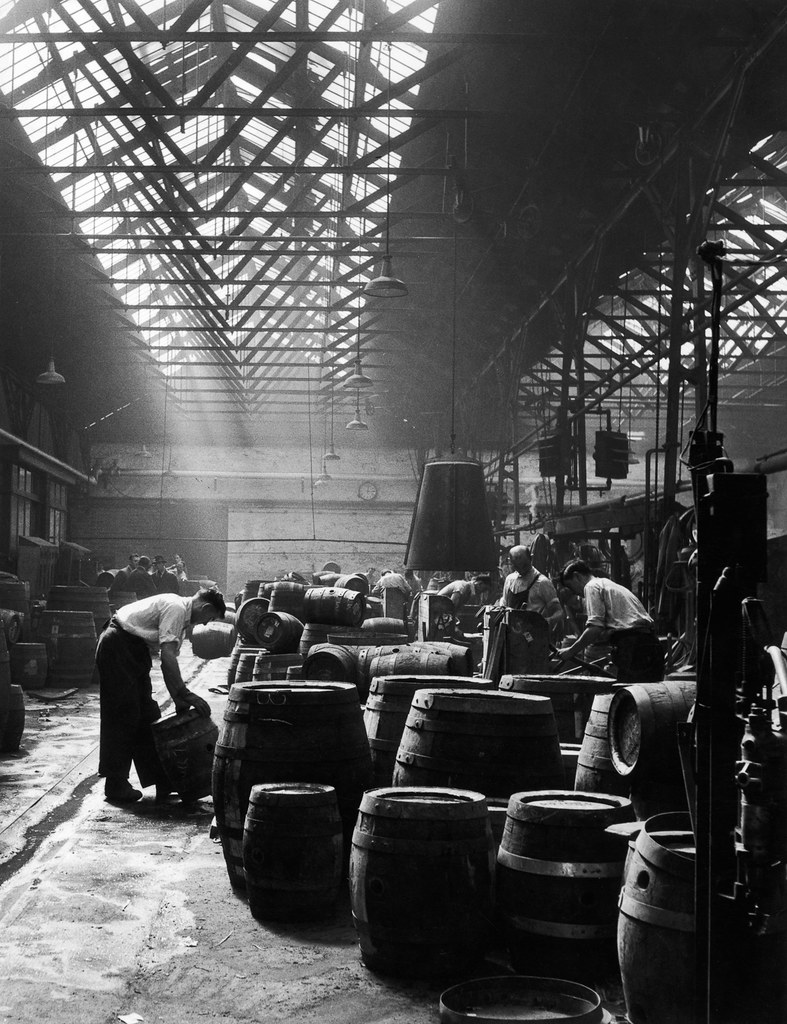
Workers at the Guinness brewery at St. James’s Gate in Dublin.
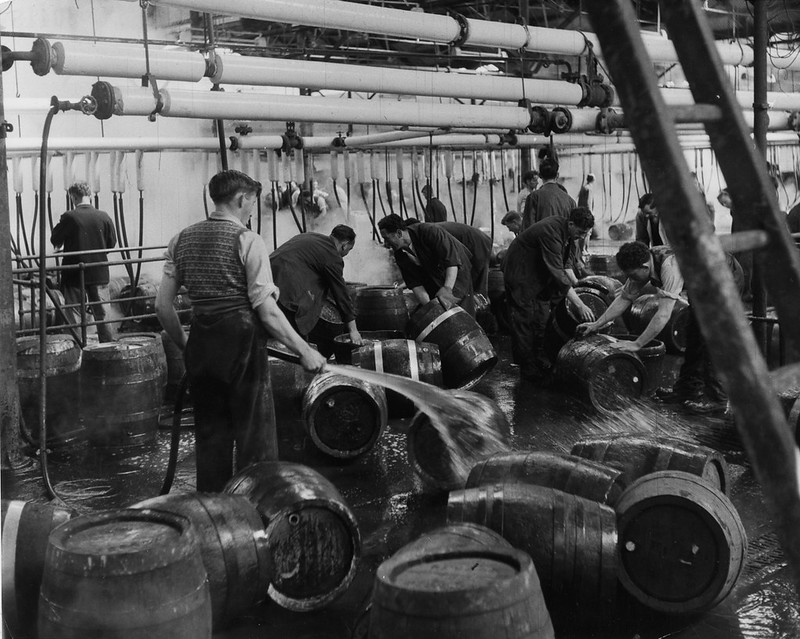
Workers hose down casks.
You can see all 22 of them below, or visit Mashable.
